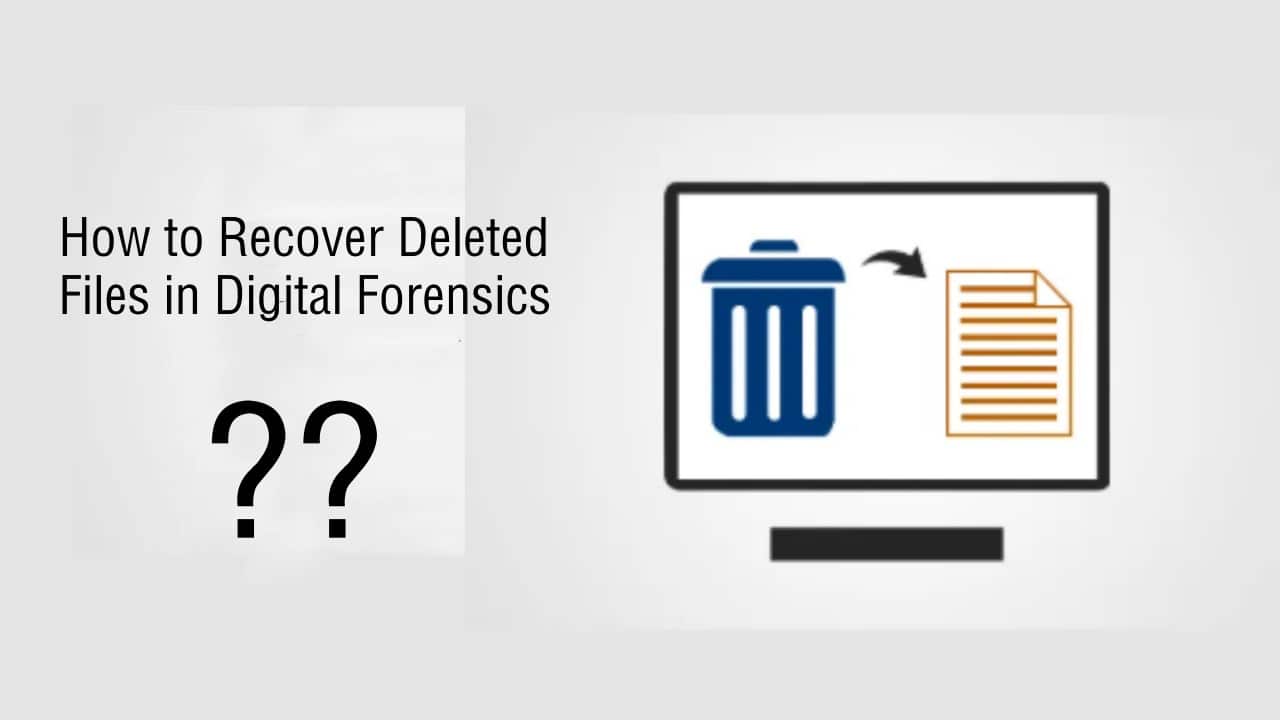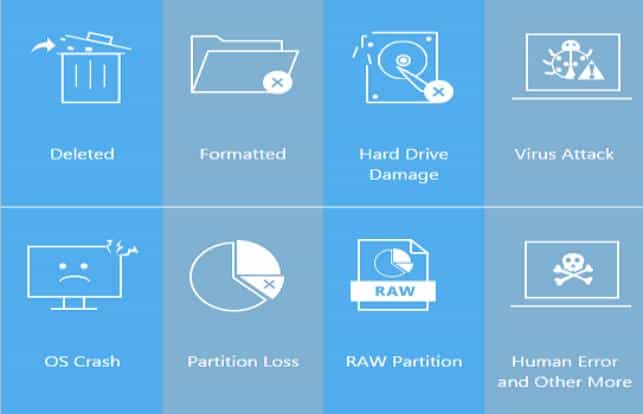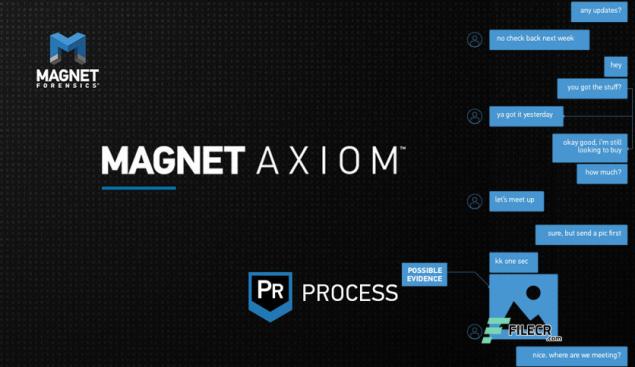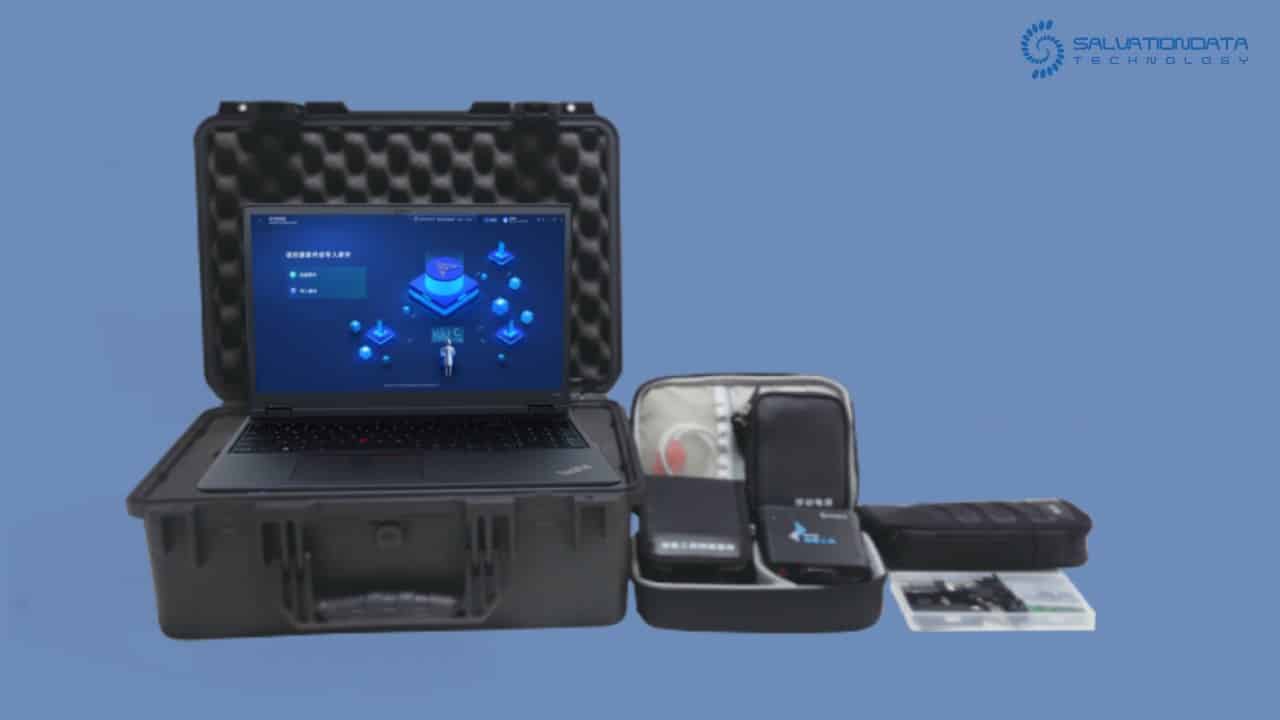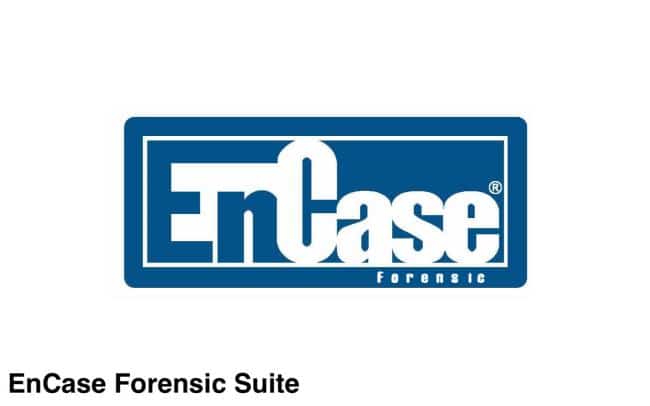Imagine losing important files that hold critical value, either personally or professionally. It’s a scenario many dread, especially in a fast-paced digital world where data loss can occur due to accidental deletion, system crashes, or malicious attacks.
Not only is recovering erased files convenient, but it’s also necessary for companies, court cases, and people who need access to important information. Understanding how to recover deleted information may help you save time, money, and worry, regardless of your level of experience with digital forensics.
This comprehensive guide explores how to recover deleted files using advanced tools and proven strategies. From understanding the importance of file recovery in digital forensics to choosing the right tools, you’ll learn everything needed to recover data effectively and professionally.
